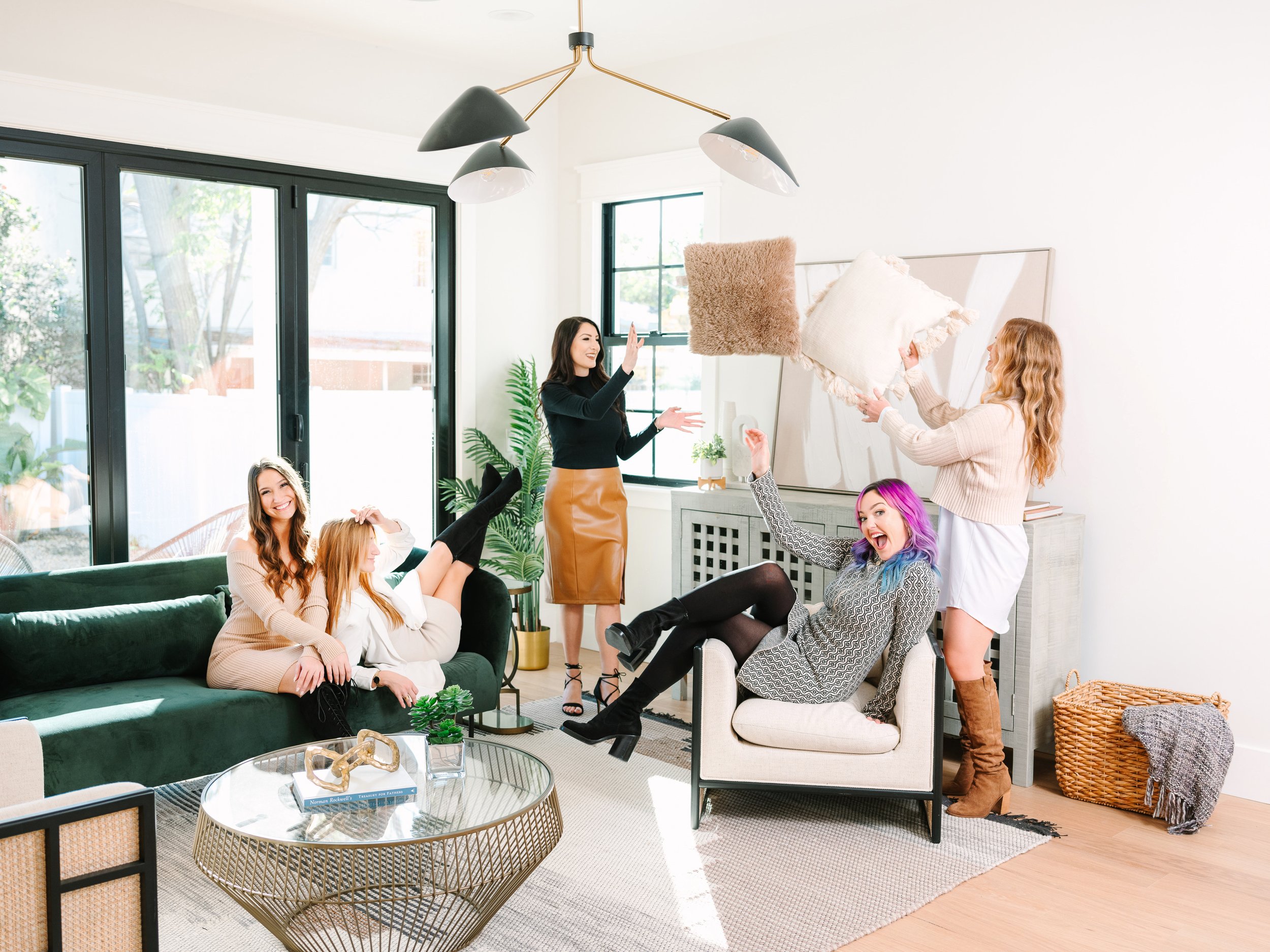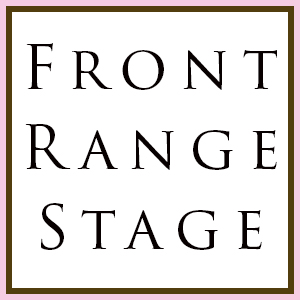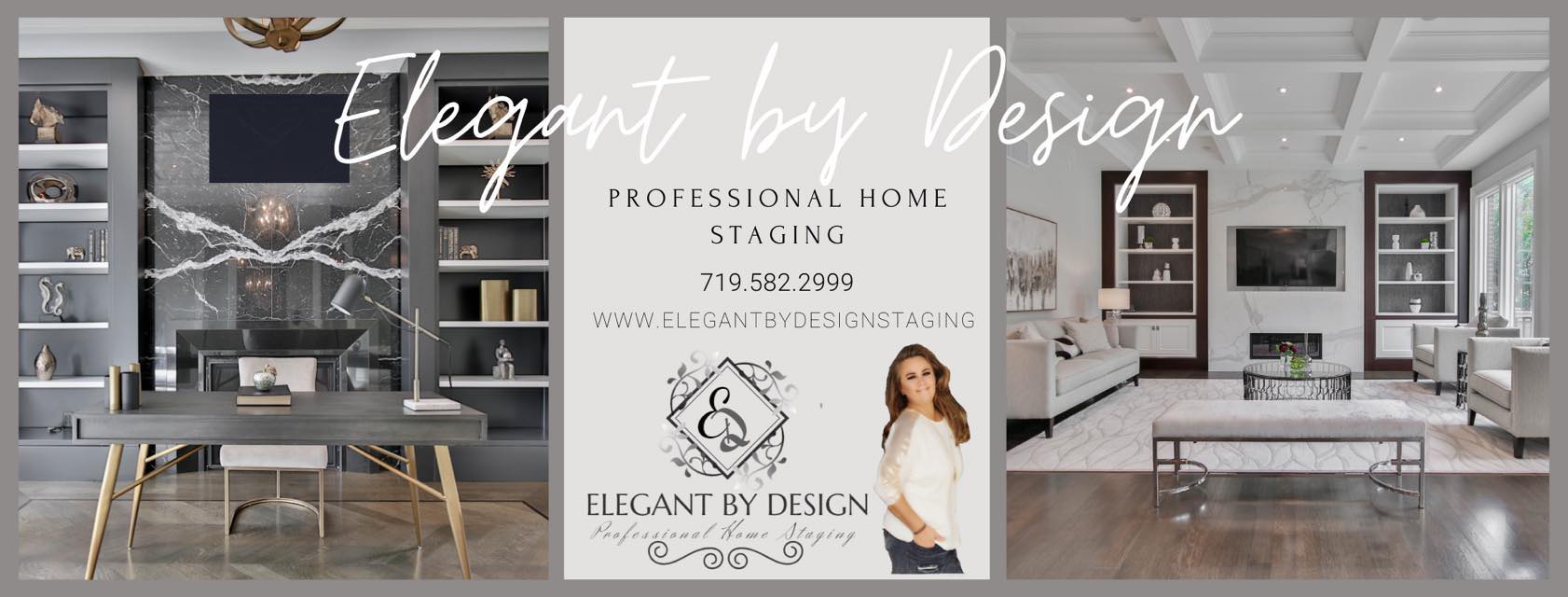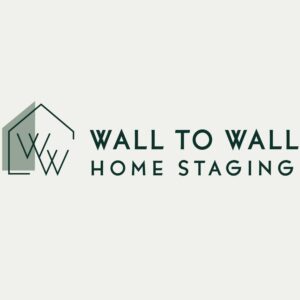Property Staging

A list of property stagers and what our experience has been
List of home stagers
Understanding property stagers in Colorado: what home sellers need to Know
Importance of Home Staging for Selling Homes in Colorado Real Estate Market
Home staging has emerged as a critical strategy for Colorado sellers seeking to stand out in an increasingly competitive market. With statewide listings surging—over 10,000 active homes in June—properties without staging risk languishing on the market for weeks or months. By purposefully arranging furnishings, décor, and accessories, staging creates powerful first impressions both online and in person, helping homes sell faster and for more money than unstaged counterparts.
In the Denver metro, for example, staged homes consistently attract greater buyer interest, sell more quickly, and command higher offers, even amid rising inventory and softening buyer activity. Cost-burdened households, especially renters and middle-income buyers, scrutinize listings closely and often bypass properties that appear dated or empty. Staging bridges that gap by showcasing a home’s potential, making it easier for buyers to imagine themselves living there and justifying a premium price.
This report provides a comprehensive overview of why home staging matters in Colorado. It examines the various staging options available, offers cost approximations specific to the region, outlines typical staging contract elements, explains how staging attracts buyers, compares virtual and physical staging, explores reasons for higher commissions on physical staging, and identifies why staging is best suited for vacant, turnkey, non-damaged homes.
1. Types of Home Staging Options
1.1 Physical Staging
Physical staging involves bringing in actual furniture, artwork, and accessories to transform a home’s interior. Professional stagers select pieces that highlight architectural features, open up traffic flow, and appeal to the target buyer demographic. This method allows buyers to walk through the space, touching and experiencing furnishings and layout firsthand, which can create a stronger emotional connection than digital images alone.
In Colorado, physical staging commonly includes living rooms, kitchens, primary bedrooms, and sometimes outdoor areas to showcase curb appeal. High-end or luxury properties in Denver, Boulder, and mountain resort markets particularly benefit from full-scale physical staging, as discerning buyers expect a fully realized lifestyle presentation. Physical staging is ideal for in-person open houses and photo shoots that will be leveraged in MLS and Zillow listings.
1.2 Virtual Staging
Virtual staging uses photo-editing software to digitally insert furniture, décor, and design elements into photographs of a vacant or sparsely furnished home. It offers a cost-effective alternative, typically costing between $15-75 per image, compared to physical staging’s thousands of dollars in rental fees per room.
With virtual staging, stagers can create multiple design styles—modern, rustic, transitional—to appeal to different buyer tastes without moving a single item onsite. It’s especially suited for vacant condos or out-of-state investors who need quick turnaround (often within 24–48 hours), enabling compelling online listings that grab buyers’ attention in seven seconds or less as they scroll through search results.
1.3 Occupied vs. Vacant Staging
Vacant staging fills empty homes with rental furnishings to prevent rooms from feeling cold or uninviting. This approach can increase perceived square footage, highlight storage capacity, and showcase every room’s purpose, from living spaces to home offices.
Occupied staging, on the other hand, helps homeowners already living in the property declutter, rearrange their existing furniture, and introduce key accessories to improve aesthetics and flow. This consultation-based option typically costs $500–$1,500 and avoids the need for large furniture rentals, making it ideal for those on a tighter budget or reluctant to move out during the listing period.
2. Approximate Costs of Home Staging in Colorado
2.1 Physical Staging Costs
In Colorado, full-service physical staging for a median-priced single-family home can range from $2,000 to $6,000 for the first 30 days, with additional months typically billed at 10–30% of the initial fee per room or package. Luxury staging packages that include high-end furniture, artwork, and layered textiles may exceed $10,000 for premier Denver or Boulder properties.
Partial staging—focusing on key rooms such as the living room, kitchen, and primary suite—averages $1,500 to $3,000 per month. Occupied home consultations and accessory packages generally cost between $500 and $1,500, offering guidance on furniture placement, color palettes, and strategic decluttering for sellers living in the home.
2.2 Virtual Staging Costs
Virtual staging in Colorado typically starts at $30 per image, with many vendors offering packages that reduce costs to $20–$25 per image for orders over eight photos. Advanced AI-driven platforms can provide quick ten-minute turnarounds for as little as $10 per image, with unlimited revisions included in subscription plans starting around $40 monthly.
In comparison, photo editing costs alone—such as color correction and minor virtual repairs—run between $50 and $125 per image, making virtual staging a frugal choice for listings needing a polished digital presentation without physical setup hassles.
2.3 Additional Service Costs
Furniture Rental Fees: Rental costs range from $500 to $600 per room, per month.
Consultation Fees: Initial staging consultations cost $150–$600.
Decluttering Services: Professional decluttering and packing assistance can add $650 to $1,000 to the overall bill.
Painting: Repainting a standard 12×12-foot room typically costs $200 for DIY and $400–$700 for professional painters.
Photography Packages: Coordinated photo shoots range from $200 to $500, often bundled with staging services to ensure the home looks its best before images go live.
3. Essential Elements of Home Staging Contracts
3.1 Key Clauses
A comprehensive staging contract safeguards both parties and defines expectations. Must-have clauses include scope of services, payment terms, cancellation policy, insurance requirements, and access permissions. Provisions for non-compliance—such as fees for delayed de-staging or site readiness—ensure homeowners maintain the property’s condition, limiting additional risks for stagers.
3.2 Service Scope and Responsibilities
Contracts detail which rooms will be staged (vacant or occupied), the furniture and décor inventory, delivery and pickup arrangements, and any associated storage or utility requirements. Homeowners must confirm property readiness—no construction during staging, obligatory cleaning, and exclusive access for staging crews—to prevent project delays and ensure assessment accuracy.
3.3 Termination and Fees
Termination clauses stipulate notice periods—often 30 days—and outline prorated fees or forfeitures of deposits. Dispute resolution provisions, whether through mediation or arbitration, provide a roadmap for resolving conflicts without litigation. Clear statements on liability, indemnification, and ownership of photographs and marketing materials further protect stagers and sellers alike.
4. How Staging Attracts Buyers
4.1 Creating Emotional Connections
Professional staging uses design psychology to evoke feelings of warmth, comfort, and possibility. By creating “pockets of emotion”—such as a cozy reading nook or a welcoming coffee station—stagers enable buyers to mentally inhabit the space, accelerating the decision to make an offer.
4.2 Enhancing Online Presence
Since over 95% of buyers begin their search online, high-quality staging photos and virtual tours are critical. Staged listings receive up to 40–70% more views and 47% more online engagement, ensuring they rise to the top of MLS, Zillow, and social media feeds.
4.3 Market Differentiation
In a crowded market with over 10,000 homes available, staging provides a competitive edge. Homes that once went under contract in days now require distinct visual appeal to stand out; staging both highlights unique architectural features and demonstrates superior presentation quality, prompting faster sales at higher prices.
5. Differences Between Virtual and Physical Staging
5.1 Cost and Logistics
Physical Staging demands furniture rental, delivery, setup, and storage—driving up costs and requiring onsite coordination.
Virtual Staging offers a leaner budget alternative, focusing on digital image enhancements without moving a single item, and typically costs 5–10% of physical staging fees.
5.2 Impact on Showings
Physical staging excels in in-person tours, creating a tangible environment for open houses and walk-throughs. Virtual staging shines online, enticing initial buyer interest and increasing showings through compelling digital presentations.
5.3 Flexibility and Scalability
Virtual staging allows rapid design revisions and multiple style explorations without additional labor. Physical staging requires more time—often 1–2 days for installation and de-staging—making last-minute changes difficult and potentially costly.
6. Higher Listing Commissions for Physical Staging
6.1 Service Complexity
Physical staging involves a network of movers, furniture suppliers, designers, and photographers, requiring project management fees and site coordination costs not found in virtual services. This complexity is often reflected in higher agent commissions to cover the extended service scope.
6.2 Time and Resource Investment
From initial design planning through teardown, physical staging can span multiple days and involve multiple crew members. The increased labor and logistical orchestration justify additional commission percentages, which average around 5.74% statewide and may rise further for full-service staging projects.
7. Suitability of Staging for Vacant, Turnkey Homes
7.1 Why Vacant Homes Benefit Most
Vacant homes lack any visual cues for furniture placement, scale, or function, causing buyers to scroll past blank listings. Staging fills these voids, turning empty spaces into inviting, lived-in environments that resonate emotionally, capture attention, and can increase sale prices by 6–10% for vacant properties.
7.2 Importance of Clean, Non-Damaged Conditions
Effective staging requires a clean, well-maintained canvas. Homes must be free of damage, odor, and construction debris; staging is not a substitute for repairs. A turnkey condition—where utilities are functional and surfaces polished—ensures staging focuses on selling aesthetics rather than masking deficiencies, protecting stagers from additional hardship fees for non-compliant sites.
Conclusion
In the evolving Colorado real estate landscape, home staging remains indispensable. From enhancing online appeal and creating emotional buyer connections to navigating the complexities of staging contracts and cost structures, staging offers measurable returns through faster sales and higher prices. Whether through immersive physical staging or agile virtual presentations, staging transforms properties into desirable, move-in ready homes. By understanding local market dynamics, contract essentials, and the comparative advantages of staging types, Colorado sellers and agents can leverage staging as a strategic investment that maximizes selling potential in today’s nuanced market.






